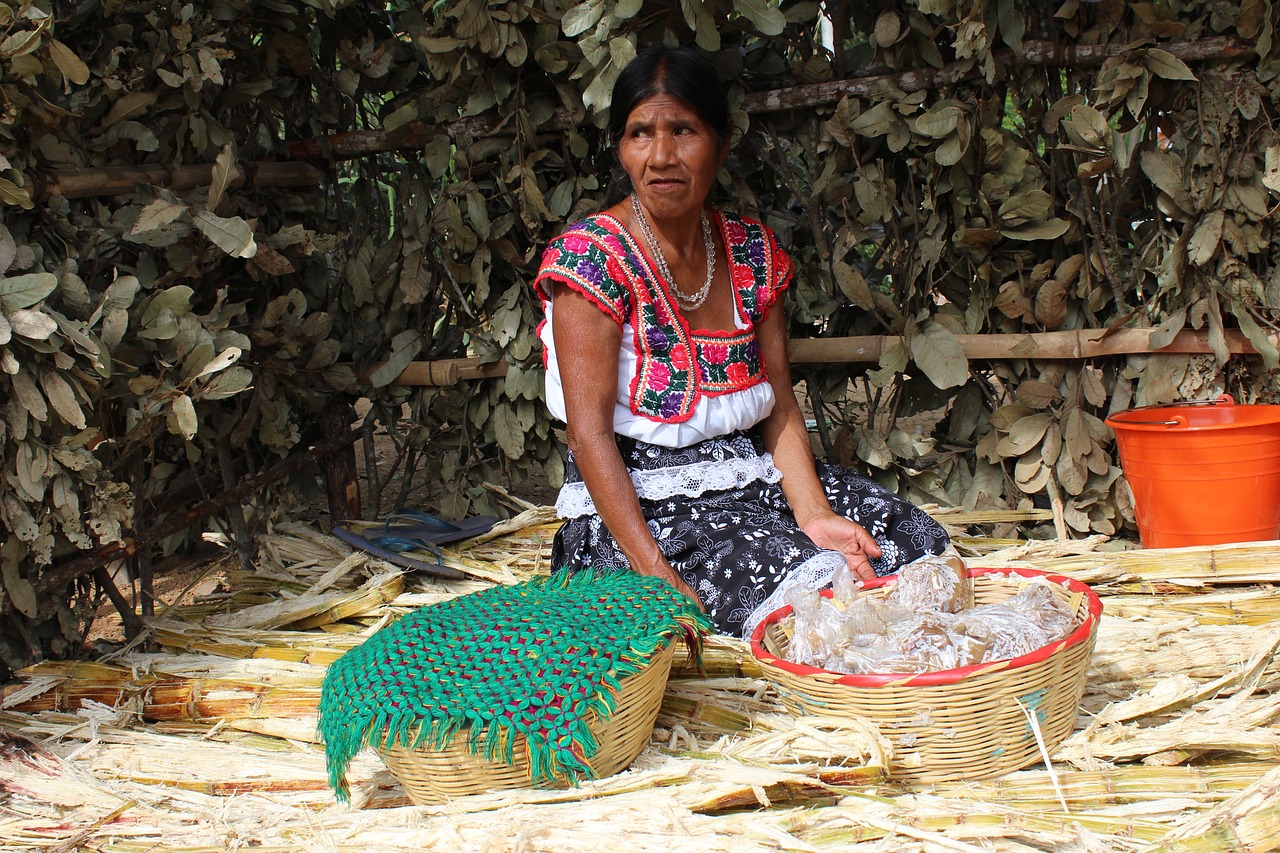
In Mexico, the huipil is a very common feminine garment.
Huipil is a piece of clothing that is characteristic of the indigenous clothing of various regions. It is a term that comes from the Nahuatl Huipilli . It is also accepted as güipil and is mentioned as hipil in some areas.
Dress or blouse
A huipil is a dress or blouse worn by women from indigenous peoples in countries such as Mexico , Guatemala , Honduras and El Salvador . Of pre-Hispanic origin, this clothing, which stands out for its ornaments, is part of Aboriginal traditions and continues to be used today.
Each huipil can present different embroidery . There are huipils with figures of animals and plants and others that represent people. There are also those with geometric motifs .
The different communities give their own symbolism to the huipil. Generally, some huipils are intended for everyday use, while certain models are worn at special events. The woman can wear a specific huipil at her wedding, to mention one case.
Although the characteristics of the huipils are very variable, the most common are white with embroidery on the sleeves and collars. These dresses , which are sewn on the sides, have one opening for the head and two others for the arms.
Yucatecan revelry
The huipil is also used by Yucatecan jarana dancers, which in addition to being a dance is a musical form of the Yucatan Peninsula. Its name refers to the hustle and bustle, the fun and the fun that it represents for its inhabitants.
As a curious fact, the indigenous people did not name this music using their own term, but rather took it from the way in which the Spanish mentioned it, without knowing that they were referring to it in a derogatory way. Just as happened with other customs of the locals, the conquerors did not feel any attraction for this dance and considered it typical of uneducated people; but they did not know that they would give him a name that would allow him to transcend time .
After colonization
Colonization pitted the Spanish against Mayan women who, in Yucatán, used to cover only the lower part of their body, from the waist to the feet. The image of women with bare torsos was not acceptable to the religious part of the crew, so the conquistadors decided to force them to wear a huipil to cover their breasts.
It is worth mentioning that already at that time, several centuries ago, some Mexican women already used the huipil, which was made of cotton , joining three canvases to form a bag that had three openings: one for the neck and two on the sides, for the arms. Its vertical extension varied from one model to another, since it could reach the feet or the knees. Rabbit hair or duck feathers were also used to make ornamental interweaving.

Cotton is the raw material of huipil.
Salvadoran Huipil
In El Salvador , on the other hand, the concept of huipil is also used to refer to a skirt or petticoat worn by women of indigenous ethnic groups. Its production is usually carried out on looms .
Huepil
Huipil and Huépil are different concepts: the second is the name of a city , which is the capital of the commune of Tucapel , in the Bío-Bío Region ( Chile ).
The term Huépil originated in the language of the Mapuches who lived where the city is located today, and can be translated as "place of the rainbow." It was founded in 1906, and in its territory we also find the river of the same name, which many people take advantage of year after year to enjoy nature . In addition, its open spaces, such as its beautiful square, attract families to rest and do outdoor activities.
